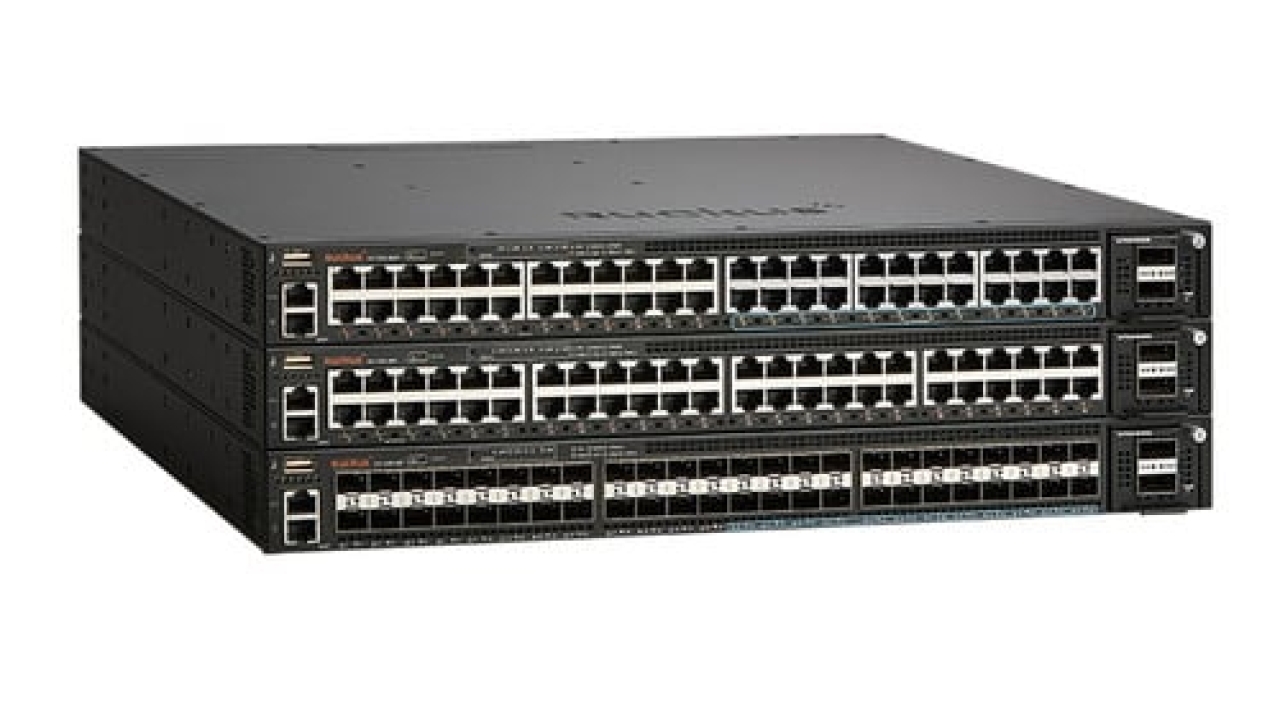Embracing the Next Generation of Ethernet: Unleashing the Power of Connectivity
Posted on 21 February, 2024 by RUCKUS Networks

Introduction: The next generation of Ethernet technology is poised to revolutionize networking by delivering higher speeds, increased capacity, and improved efficiency. As businesses and organizations embrace digital transformation, the demand for faster and more reliable connectivity continues to grow. In this article, we explore the advancements, benefits, and applications of next-generation Ethernet, paving the way for a new era of connectivity.
Evolution of Ethernet: Next generation ethernet the foundation of local area networks (LANs), has evolved over the decades from its humble beginnings to the latest advancements in speed and efficiency. The next generation of Ethernet builds upon this legacy, offering faster data rates, lower latency, and enhanced capabilities to meet the demands of modern networking.
Key Advancements:
Higher Speeds: Next-generation Ethernet, such as 25 Gigabit Ethernet (GbE), 40GbE, 50GbE, and 100GbE, delivers significantly higher speeds compared to traditional Ethernet standards. These speeds enable businesses to handle massive data volumes, support bandwidth-intensive applications, and future-proof their networks.
Lower Latency: Reduced latency is crucial for applications that require real-time data transmission, such as online gaming, video streaming, and financial trading. Next-generation Ethernet minimizes latency, ensuring faster response times and improved user experiences.
Enhanced Efficiency: Advanced features like Energy Efficient Ethernet (EEE) and IEEE 802.1Qaz (Priority-based Flow Control) improve energy efficiency and optimize network performance. These features help organizations reduce power consumption and operational costs.
Increased Capacity: Next-generation Ethernet supports higher data rates per port, allowing organizations to connect more devices and handle larger data transfers simultaneously. This scalability is essential for growing businesses and data-intensive applications.
Benefits of Next-Generation Ethernet:
Faster Data Transfer: With speeds up to 100 Gbps, next-generation Ethernet accelerates data transfer rates, reducing file transfer times and improving productivity.
Improved Cloud Connectivity: Cloud-based applications and services benefit from the high-speed and low-latency capabilities of next-generation Ethernet, enabling seamless access to cloud resources.
Support for Emerging Technologies: Next-generation Ethernet provides the foundation for emerging technologies such as 5G, Internet of Things (IoT), artificial intelligence (AI), and edge computing. These technologies rely on fast and reliable connectivity for optimal performance.
Enhanced Video and Multimedia Streaming: Businesses can deliver high-quality video conferencing, streaming, and multimedia content without buffering or delays, enhancing communication and collaboration.
Future-Proofing: Investing in next-generation Ethernet infrastructure ensures that businesses are prepared for future technological advancements and increasing data demands.
Applications of Next-Generation Ethernet:
Data Centers: Next-generation Ethernet is ideal for data center environments where high-speed, low-latency connectivity is essential for handling massive amounts of data, virtualization, and cloud services.
Enterprise Networks: Businesses benefit from next-generation Ethernet in their LAN environments, supporting bandwidth-hungry applications, multimedia streaming, and large-scale file transfers.
Telecommunications: Telecom providers leverage next-generation Ethernet for backhaul connections, mobile networks, and high-speed internet services.
Healthcare: Hospitals and healthcare facilities rely on fast and reliable Ethernet for medical imaging, telemedicine, electronic health records (EHRs), and patient monitoring systems.
Education: Next-generation Ethernet supports e-learning platforms, virtual classrooms, and online collaboration tools in educational institutions.
Future Trends and Considerations:
Multi-Gigabit Ethernet: Beyond 100GbE, multi-gigabit Ethernet (2.5GbE, 5GbE, 10GbE) is gaining popularity, offering intermediate speeds for diverse use cases.
Security: As networks evolve, cybersecurity becomes a top priority. Next-generation Ethernet includes features for enhanced security, such as MACsec (Media Access Control Security) for data encryption.
Compatibility and Migration: Organizations transitioning to next-generation Ethernet must consider compatibility with existing infrastructure and plan migration strategies to minimize disruptions.
Conclusion: Next-generation Ethernet represents a significant leap forward in networking technology, offering higher speeds, lower latency, and increased efficiency for businesses and organizations. From data centers to enterprise networks, telecommunications, healthcare, and education, the applications of next-generation Ethernet are vast and transformative. By embracing these advancements, organizations can unlock new possibilities, improve performance, and stay ahead in an increasingly connected world.